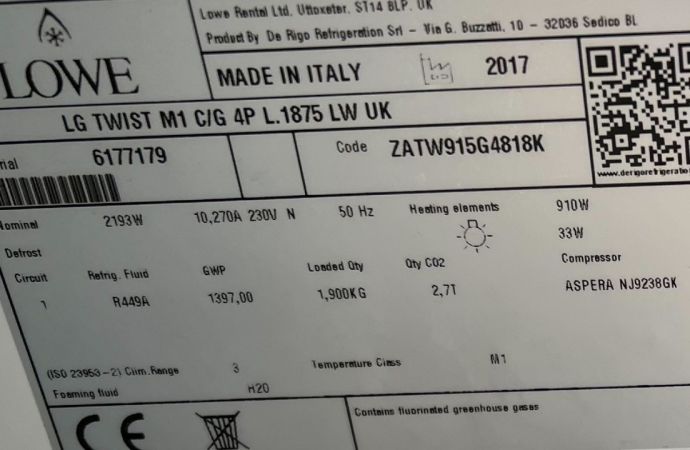A draft HC charge limit increase will go to a final vote around the end of the year following its approval by an IEC subcommittee.

Busan, South Korea.
In a move that could widen the use of hydrocarbons as natural refrigerants worldwide, a crucial subcommittee of the International Electrotechnical Commission (IEC) last week approved advancing to the decisive next stage in a standards process that could increase the charge limit on A3 (flammable) refrigerants like propane in commercial refrigeration equipment from 150g to 500g under the standard 60335-2-89.
IEC subcommittee SC61C analysed comments received from national committees during the CDV or Committee Draft for Vote stage into the new edition of IEC standard 60335-2-89.
The subcommittee has now decided that the charge-limit draft should go to a final vote phase (FDIS) by the end of 2018, paving the way for the final document and standard to be prepared for the final vote. Assuming this vote is positive, the standard could be published in early 2019.
“Most of the CDV comments solutions proposed by WG4 were accepted, except the maximum charge of A2L, which will remain 1.2 kg,” said Marek Zgliczynski, who chairs the IEC SC61C subcommittee on adopting the proposed update. This means the IEC is likely to approve the propane charge limit increase from 150 to 500g.
“Now it will take 2-3 months [to move to the] final vote, where we will need the support of all,” Zgliczynski, director of commercial refrigeration product engineering for Embraco, told this website.
Zgliczynski has just returned from Busan, South Korea where the IEC SC61C subcommittee met to vote on the proposed changes. The vote represents the latest milestone in a lengthy standards process that will determine whether the higher charge limit is ultimately enacted as an international standard.
The vote is crucial for the hydrocarbons industry as national and regional standardisation bodies such as CEN/CENELEC in the European Union tend to harmonise their own standards with IEC and ISO benchmarks as much as possible.
Experts commonly accept that the 150g limit does not allow manufacturers or end users of HVAC&R equipment to fully exploit the safe application of hydrocarbon refrigerants in the commercial refrigeration sector. Hydrocarbon-based technology could therefore benefit from new market development opportunities worldwide.
Related stories

_1636620968.jpeg)


